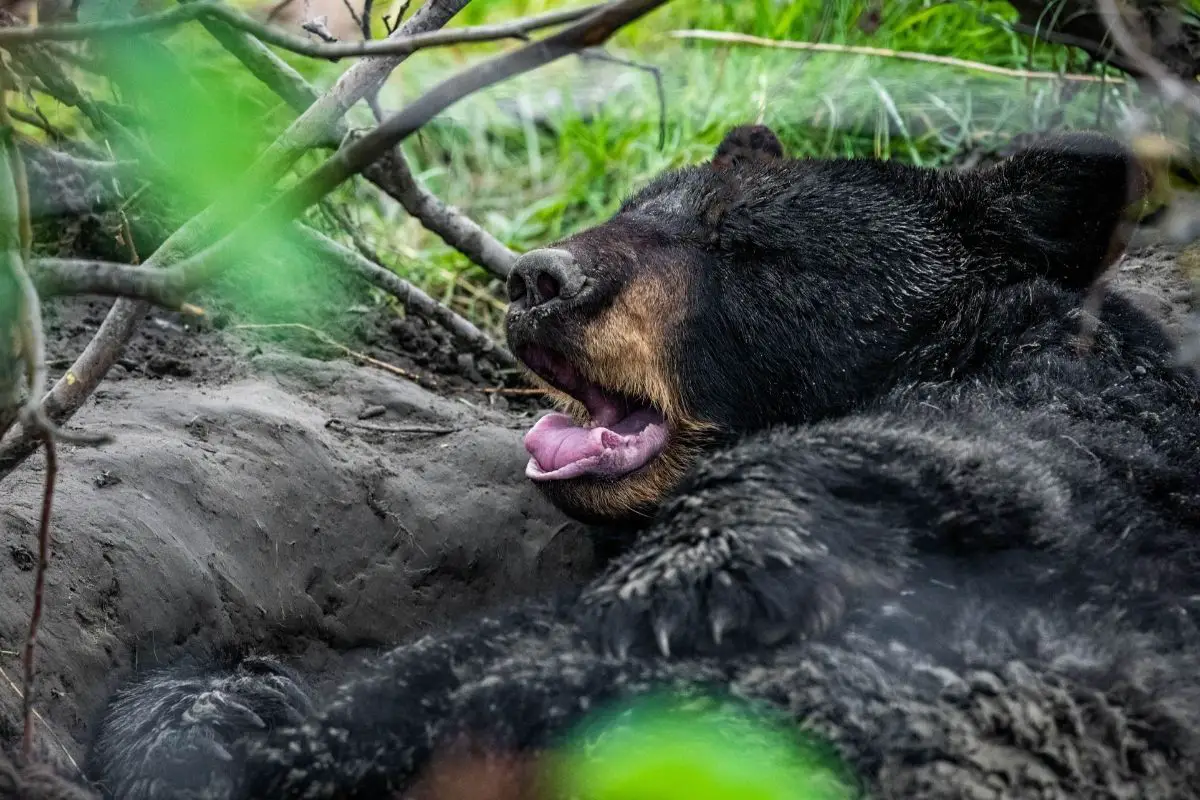
How long bears hibernate depends on where the bear lives. From mountaintops to tropical forests, believe it or not, bears of the same species living in different environments will hibernate for different periods of time. Some bears don’t hibernate at all, while others can stay in their dens for up to eight months.
Learn more about who’s most likely to be snoozing during snowy weather and who can be seen lumbering through their forest homes year-round.
How Do Bears Change During Hibernation?
- Slowed Breathing
- Slowed Heart Rate
- Slightly Lower Body Temperature
- Lower Energy Use & Production
- No Need To Eat, Drink, Or Produce Waste
Bears – The Super Hibernators

Torpor, light hibernation, carnivore lethargy – there are a lot of ways to say that bears are not “true hibernators.” One of the main differences between states like torpor and the way say a bat spends the season of snow and ice is how easy they are to wake up. Bears can wake up quickly in response to a perceived threat, like a flood or predator.
As scientists learn more and more about their winter denning habits and unique physical adaptations, however, many now consider bears to be super hibernators.
The 5 Stages Of Bear Hibernation & Activity
- Hibernation – Dormant, But Can Waken Quickly
- Walking Hibernation – Awake, But Eating & Drinking Less
- Normal Activity
- Hyperphagia – Putting On The Pounds
- Fall Transition – Eating Less, Sleeping More
Types Of Bears That Hibernate
You can find hibernating bears everywhere, from the Arctic to North America to Asia. The colder the climate and the scarcer the food availability during wintertime, the more likely the species is to den up and the longer they do it. So, who are these super hibernators?
American Black Bears
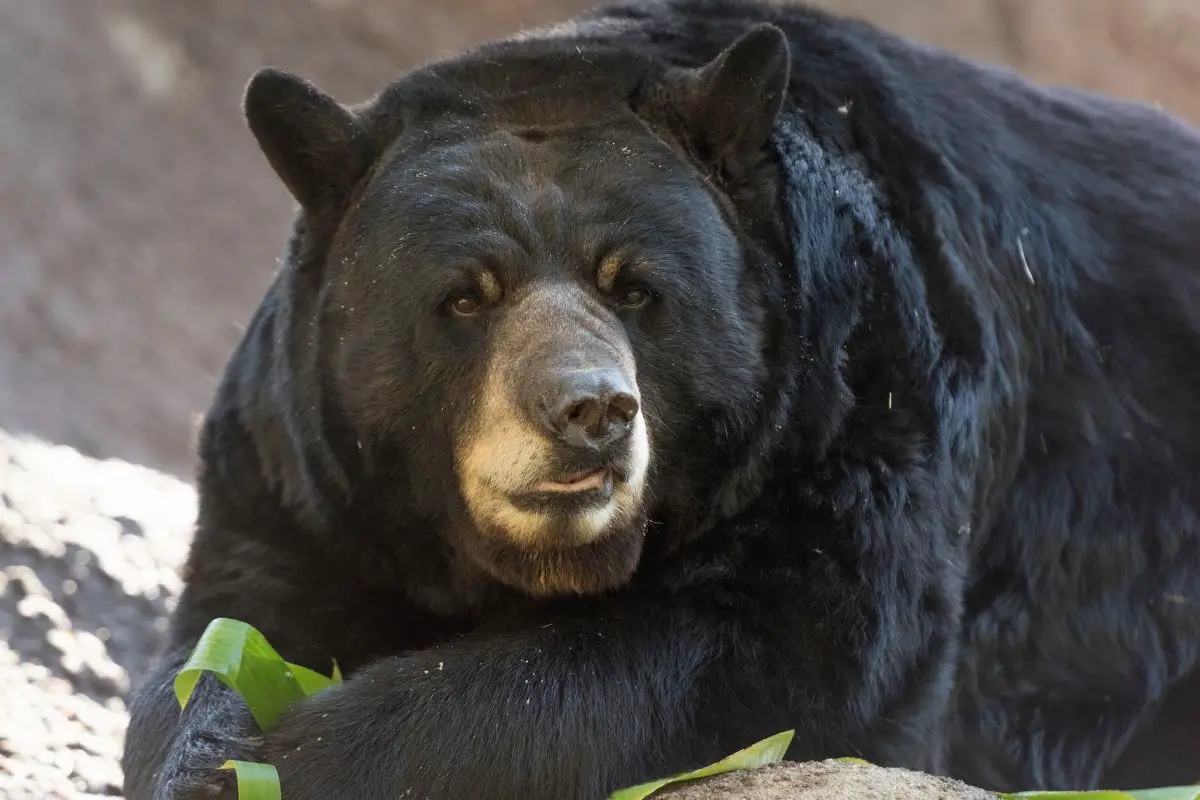
According to Bearwise.org, American black bears “inhabit forests of at least 40 of the 50 states.” So, while inhabitants of the southernmost states and Mexico may forgo their long winter sleep, northern black bears can hibernate for over seven months.
Fun fact, male and female bears hibernate separately. Females often den sooner and leave later in order to give birth and take care of their cubs. Cubs will spend their next winter with mama bear, but will be on their own once they emerge in the spring.
When Do Black Bears Hibernate?
- Males – from mid-December to mid-March.
- Females – from late November to mid-April.
Asiatic Black Bears aka Moon Bears
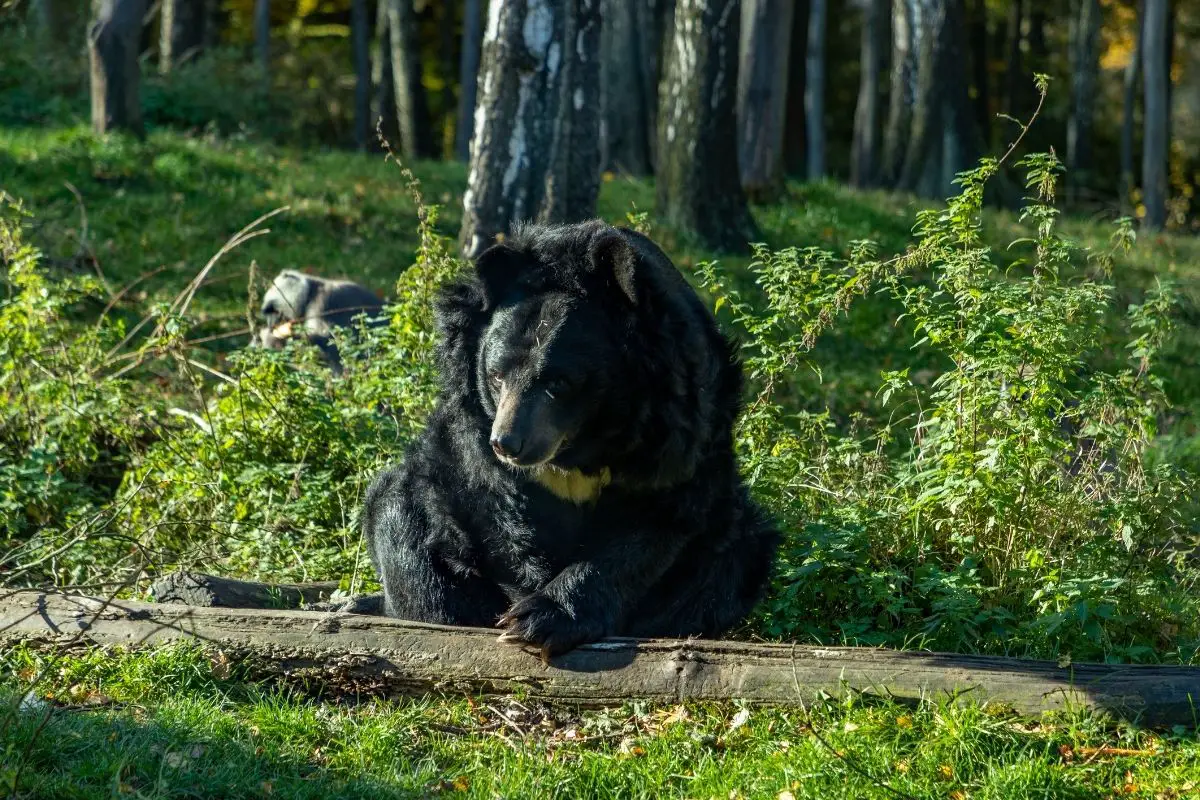
The further north a moon bear lives (Japan, Korea, Russia, NE China), the more likely it is to hibernate. They hibernate anywhere from three to five months, from November to March (or December to April in the case of the Japanese black bear). Southern ranging moons will usually just migrate south to warmer climates during the cold months.
A decrease in snowfall has decreased the usual hibernation times of the Himalayan black bear down to an average of two months.
Brown Bears – Like Grizzlies & Kodiaks
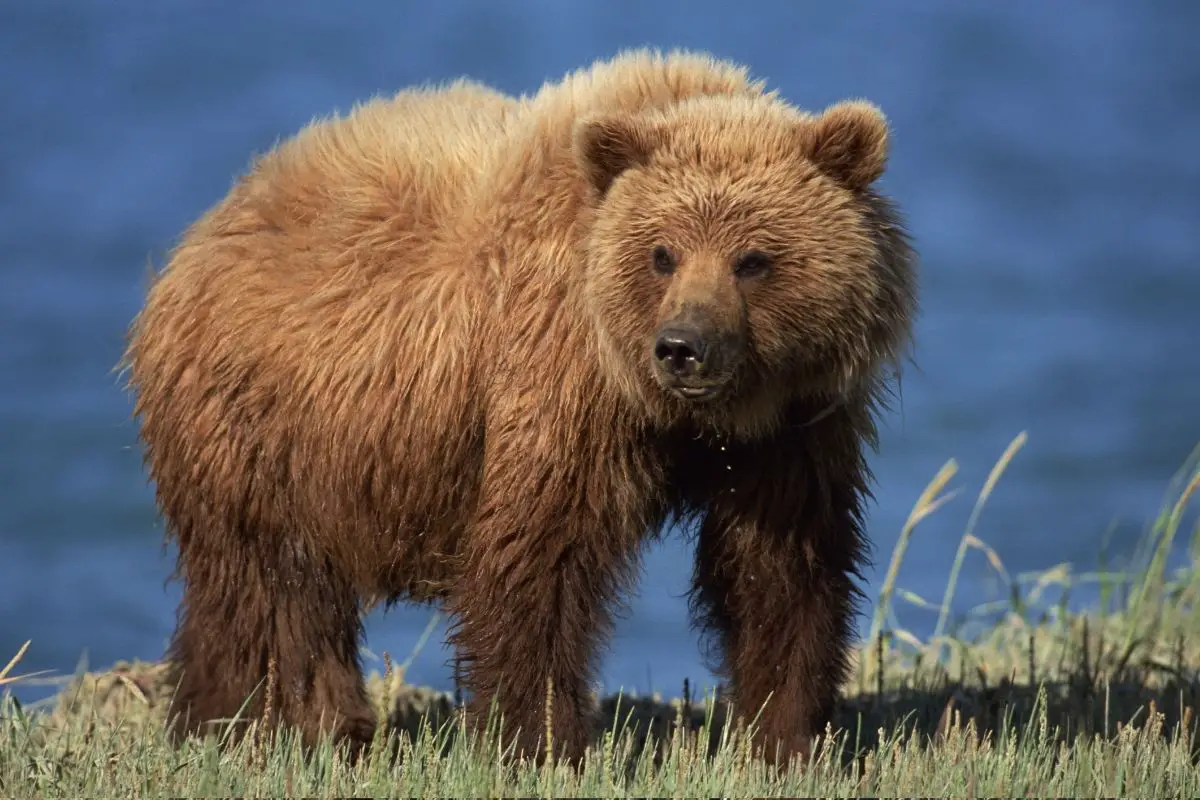
Alaskan brown bears and mother grizzly bears in Yellowstone will sleep through the winters with their cubs, but some male grizzlies may get up from time to time to hunt for a snack. Close to one-fourth of all Kodiak bears (primarily males) will stay active, if a bit more lethargic, all winter, while the rest are denning from October to May.
How Long Do Brown Bears Hibernate?
- Grizzlies – 4 to 7 months.
- Alaskan Brown Bears – 5 to 8 months.
- Kodiak Bears- 5 to 8 months.
Pregnant Polar Bears
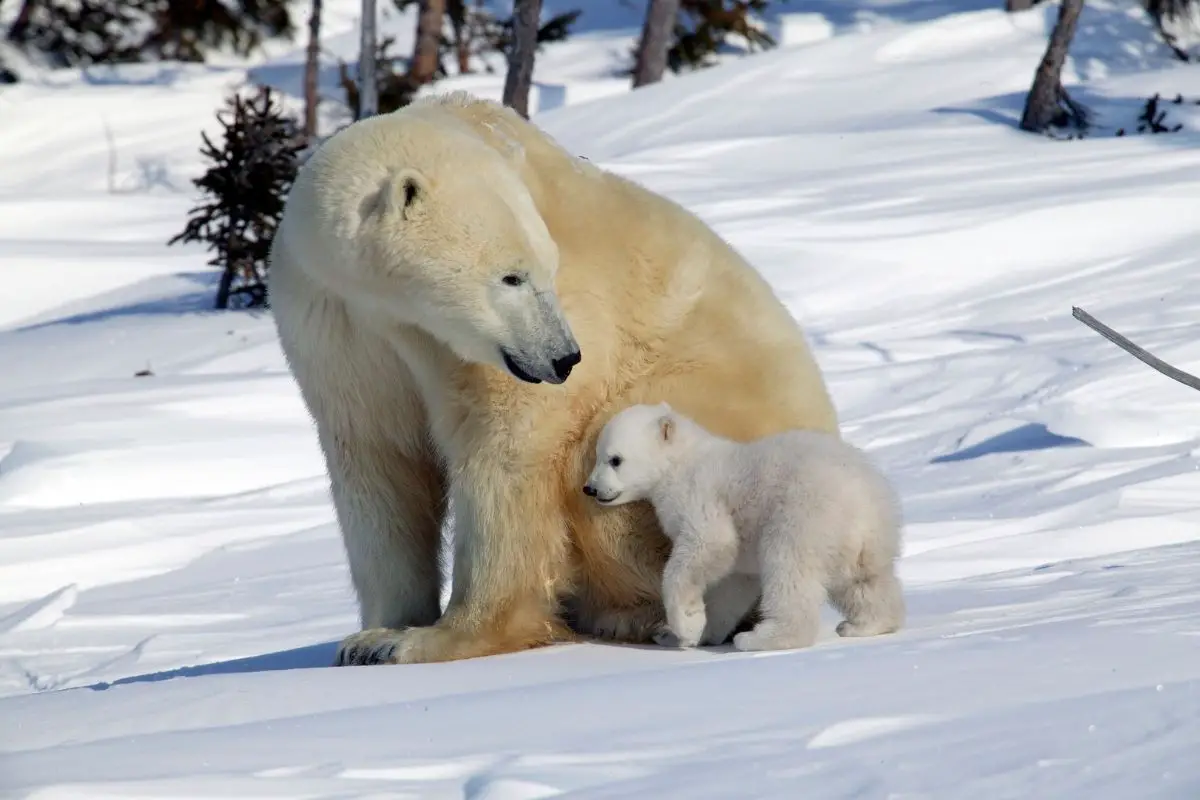
Female polar bears will build a maternity den and stay there for up to 240 days, but this pseudo-hibernation is primarily a way to birth and care for her cubs. Like other hibernating bear species, the new mom will not eat or drink during this confinement. She spends her time nursing and caring for her tiny, blind, toothless cubs.
Male polar bears may live in frigid climates, but find plenty of food sources available throughout the winter.
Less Sleepy Bear Species
As we’ve mentioned, not all types of bears hibernate. Some live in areas where the weather is mild, even tropical, and food is plentiful. Some migrate to warmer locales as temperatures drop. Others, like the giant panda, also have to constantly eat in order to keep the weight on.
The bears at your local zoo are most likely fed year-round to discourage hibernation and encourage availability.
- Male Polar Bears
- Andean Bears aka Spectacled Bears
- Sloth Bears
- Sun Bears
- Giant Pandas
- Taiwanese Formosa Bears
- Himalayan Brown Bears
- Bears In Zoos



